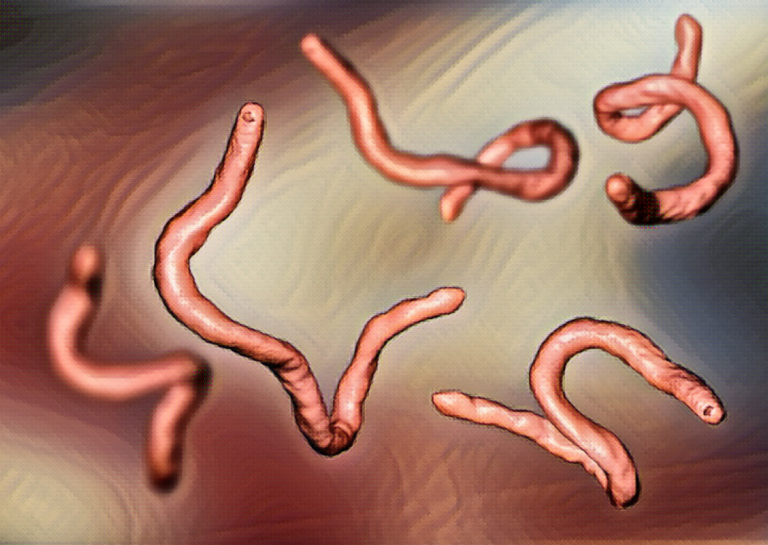Overview
Hookworm is a parasitic infection caused by the worms Ancylostoma duodenale and Necator americanus. These worms are found in soil that has been contaminated with human feces and can enter the human body through the skin, typically through bare feet. Children are particularly susceptible to hookworm infection due to their tendency to play in areas where the soil may be contaminated.
Symptoms
Symptoms of hookworm infection in children can include abdominal pain, diarrhea, anemia, fatigue, and weight loss. In severe cases, the infection can lead to malnutrition and developmental delays. In some cases, no symptoms may be present at all.
Causes
The main cause of hookworm infection in children is contact with contaminated soil. This can occur through playing in contaminated areas or through walking barefoot on contaminated soil. Poor sanitation and lack of access to clean water can also increase the risk of hookworm infection.
Treatment
Treatment for hookworm infection typically involves the use of anthelmintic medications, which are drugs that are designed to kill the worms. These medications are typically given in a single dose and can be taken orally. In some cases, a second dose may be necessary to eliminate all of the worms.
Prevention
Preventing hookworm infection in children includes practicing good hygiene and sanitation, wearing shoes or other protective footwear, and avoiding contact with contaminated soil. Washing hands regularly, especially before and after using the toilet, can also help prevent infection. In addition, access to clean water and improved sanitation can help to reduce the overall incidence of hookworm infection.
Citations
- Centers for Disease Control and Prevention. (2020). Hookworm. Retrieved from https://www.cdc.gov/parasites/hookworm/index.html
